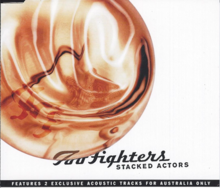
The Colour and the Shape is the second studio album by American rock band Foo Fighters, released on May 20, 1997, by Roswell and Capitol Records. It was the first album by the Foo Fighters to be recorded as a full band, as the previous self-titled album was both written and recorded entirely by frontman Dave Grohl. The Colour and the Shape is widely considered a defining album of the post-grunge genre, with its three singles becoming staples of rock-oriented radio in the United States. It was among the highest-selling rock albums of 1997 and 1998, and was nominated for Best Rock Album at the 40th Annual Grammy Awards.

Georg Albert Ruthenberg, better known by his stage name Pat Smear, is an American musician. He is best known for being the lead guitarist and co-founder of Los Angeles–based punk band The Germs and for being a rhythm guitarist for grunge band Nirvana, and Foo Fighters. After Nirvana disbanded following the suicide of frontman Kurt Cobain, drummer Dave Grohl went on to form Foo Fighters, with Smear joining on guitar. Smear left Foo Fighters in 1997 before rejoining as a touring guitarist in 2005 and being promoted back to a full-time member in 2010.
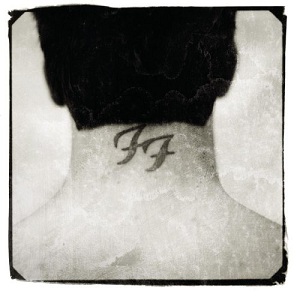
There Is Nothing Left to Lose is the third studio album by American rock band Foo Fighters, released on November 2, 1999, through Roswell and RCA Records. It marked the first studio credit for drummer Taylor Hawkins, and is often seen as a departure from the band's previous work, showcasing a softer, more experimental sound. Vocalist and guitarist Dave Grohl has called it his favorite Foo Fighters album, stating that it was "totally based on melody" and that the recording process was a serene experience. The album was recorded using only three musicians; Grohl, Hawkins, and bassist Nate Mendel in the basement of Grohl's home in Alexandria, Virginia.

Foo Fighters are an American rock band formed in Seattle in 1994. Founded as a one-man project by former Nirvana drummer Dave Grohl, the lineup now consists of Grohl, Nate Mendel (bass), Chris Shiflett and Pat Smear (guitars), Rami Jaffee (keyboards), and Josh Freese (drums). Drummers William Goldsmith and Taylor Hawkins, along with guitarist Franz Stahl, are former members of the band.

One by One is the fourth studio album by American rock band Foo Fighters, released on October 22, 2002, through Roswell and RCA Records. Production on the album was troubled, with initial recording sessions considered unsatisfying and raising tensions between the band members. They eventually decided to redo the album from scratch during a two-week period at frontman Dave Grohl's home studio in Alexandria, Virginia. The album, which includes the successful singles "All My Life" and "Times Like These", has been noted for its introspective lyrics and a heavier, more aggressive sound compared to the band's earlier work, which Grohl said was intended to translate the energy of the Foo Fighters' live performances into a recording. This was the first album recorded with Chris Shiflett as part of the band, and the first in which Grohl did not play drums, as drum duties were permanently assigned to Taylor Hawkins.

"This Is a Call" is a song by American rock band Foo Fighters, released as the lead single from the band's 1995 self-titled debut album. Released in June 1995, it is one of many songs Dave Grohl wrote and performed on the album when Foo Fighters was a one-man band.

"I'll Stick Around" is the second single released by American rock band Foo Fighters from their 1995 self titled debut album, Foo Fighters.

"Everlong" is a song by American rock band Foo Fighters, released in August 1997 as the second single from their second studio album, The Colour and the Shape (1997). The song reached number three on the US Billboard Alternative Songs chart and the Canadian RPM Rock/Alternative chart. It is often regarded as the band's signature song. "Everlong" was the last song performed live by former drummer Taylor Hawkins before his death in March 2022. As a result of his death, streams of the song increased and charted on the Billboard Global 200 at #123, the band's first appearance on the chart.
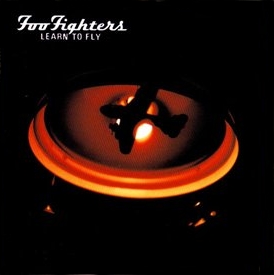
"Learn to Fly" is a song by American rock band Foo Fighters. It was released as the lead single from their third studio album There Is Nothing Left to Lose (1999) in October 1999. It was the band's first song to enter the Billboard Hot 100, as well as their second-highest charting song on the Hot 100, peaking at number 19. It also peaked within the top 40 in Australia, Canada, Hungary, the Netherlands, New Zealand, Poland and the United Kingdom. The song's music video won Best Short Form Video award at the 43rd Grammy Awards in 2001.

"Breakout" is a song by Foo Fighters. It is the second track and fourth single from their third album There Is Nothing Left to Lose.
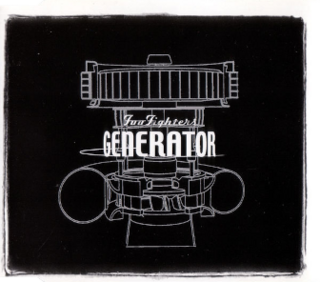
"Generator" is a song by American rock band Foo Fighters, released as a single in 2000 from their third album, There Is Nothing Left to Lose (1999). The single was only released in Australia, and it was also released as a limited-edition single in Europe.
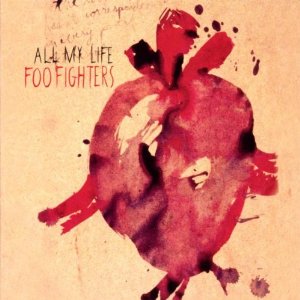
"All My Life" is a song by American rock band Foo Fighters, released as the first single from their fourth album, One by One. The song won a Grammy Award for Best Hard Rock Performance, and spent ten straight weeks at number 1 on the Alternative Songs chart and it peaked at number 3 on the Hot Mainstream Rock Tracks chart. It was also a top 5 hit on the UK Singles Chart.

"The One" is a song by Foo Fighters, released as a single in 2002. It appeared on the soundtrack album for the film Orange County. The retail single itself was only released in Australia and New Zealand, but it was made available by import in the US and UK; further, promotional singles for radio airplay were sent out to a number of countries, including Canada, the UK, and the US. It is available through the Foo Files digital album collection.

"DOA" is the second song released as a single from Foo Fighters' fifth album, In Your Honor.
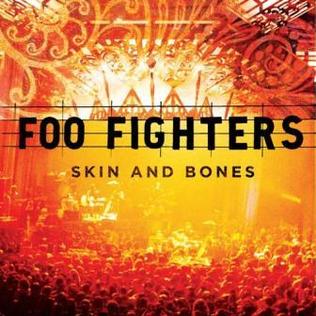
Skin and Bones is a live acoustic album by Foo Fighters released on November 7, 2006.
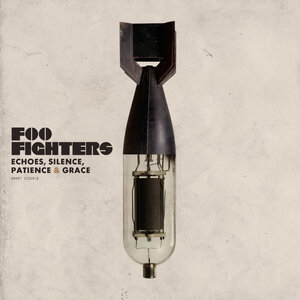
Echoes, Silence, Patience & Grace is the sixth studio album by American rock band Foo Fighters, released on September 25, 2007, through Roswell and RCA Records. The album is noted for a blend of regular rock and acoustic tracks with shifting dynamics, which emerged from the variety of styles employed on the demos the band produced. It also marks the second time the band worked with producer Gil Norton, whom frontman Dave Grohl brought to fully explore the potential of his compositions and have a record that sounded different from their previous work. Grohl tried to focus on songs with messages that resonated with his audience, writing reflective lyrics that drew inspiration from the birth of his daughter.

The discography of Foo Fighters, an American rock band formed in 1995 by Dave Grohl, consists of eleven studio albums, ten extended plays (EPs), six video albums, and 57 singles. The current Foo Fighters line-up consists of Grohl, Rami Jaffee (keyboard), Nate Mendel (bass), Chris Shiflett (guitar), Pat Smear (guitar) and Josh Freese (drums).

Live at Wembley Stadium is a live video by the Foo Fighters, released on August 22, 2008, in Ireland and August 25, 2008, in the UK on DVD. It was also released in Australia on August 30, New Zealand on September 1, and Germany, Austria and Switzerland on September 5. It was released in the United States on November 18, 2008.

"Arlandria" is a song by American rock band Foo Fighters, released from their seventh studio album Wasting Light on September 18, 2011, as the fourth single in the United Kingdom.

Medicine at Midnight is the tenth studio album by American rock band Foo Fighters. It was released through Roswell and RCA Records on February 5, 2021, after having its release be pushed out of 2020 due to the COVID-19 pandemic. Produced by Greg Kurstin and the band, the album shows a slight shift in the band's style, pairing their usual rock sound with elements of dance-rock and pop. It is the final Foo Fighters studio album to feature drummer Taylor Hawkins before his death the following year.
